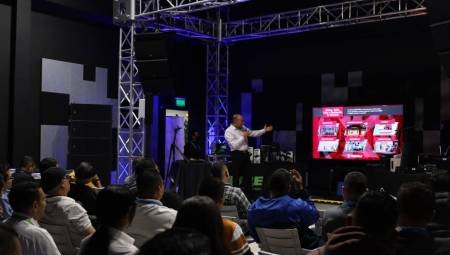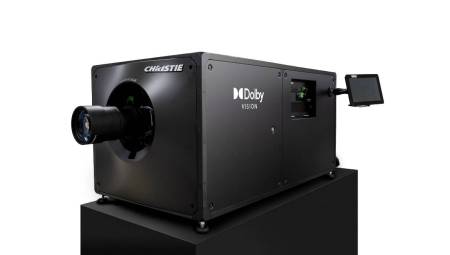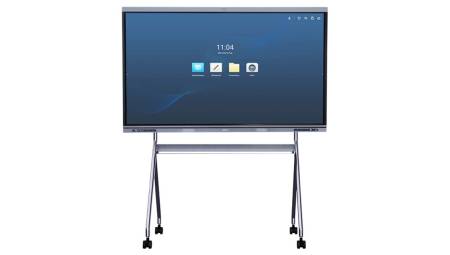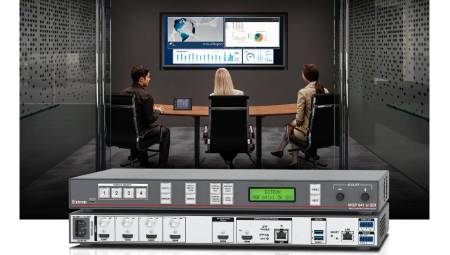 Mexico. The current work environment within companies is changing the way employees perform their daily activities, whether by the inclusion of new technologies or the adoption of new work styles. Employees are excited about the challenges and opportunities ahead.
Mexico. The current work environment within companies is changing the way employees perform their daily activities, whether by the inclusion of new technologies or the adoption of new work styles. Employees are excited about the challenges and opportunities ahead.
But what about their employers? Economic and political uncertainty will undoubtedly have huge implications for business leaders. Time spent analyzing complex regulations and policy changes can slow down business decision-making.
Faced with the changes that are coming, Ricoh Mexicana, a global technology company specializing in IT, points out that employers must prioritize three factors for the success of their companies in the coming years:
Investment in effective technology in the workplace as part of a long-term digital plan.
Promote productivity through flexible, mobile and collaborative work.
Effectively communicate these changes to the workforce.
The positive trends identified by the workforce depend on core technology competencies for success, as well as automation, digital disruption, and competitive innovation across all technology processes. According to a study sponsored by Ricoh, more than 60% of workers believe that technology is essential to managing the impact of change in 2017 and beyond.
On the other hand, automation should be a priority area of investment for business leaders. Employees identify this as a key benefit to their business and know it can accelerate their management efforts, reduce costs, and help them expand into new areas. It is not surprising that 33% of workers mentioned that new technologies are a key element to improve within the organization.
At the same time, 42% of workers expect to use this technology to better perform their functions and be more productive. 64% believe that new technologies and tools will increase connectivity between workers as more digital communication occurs. Employees know how crucial this technology is, and will be, to help them be more productive at work. Therefore, employers should promote collaborative work practices and invest wisely in the tools needed to achieve this. It's up to business leaders to outline a clear vision for their company's digital future, while at the same time, they have to prioritize technology solutions that help employees in their efforts to work smarter, be more productive, and better serve their customers. But fundamentally, they must effectively communicate these changes to the workforce.
Many employees have put their trust in their employers for years to come. But that trust must be continually earned; 30% of the workforce specifically stressed that they would like business plans to be better communicated within their organization.
At the same time, 93% of employees expect to remain in their current job in 2017. However, the change of scenery means that workers will increasingly seek stability in their roles. If they were to change jobs today, their top priorities would be job security (37%) in a company with strong financial backing (30%). This demonstrates the need for business leaders to reassure employees of their long-term plan and effectively communicate the changes it requires.
Companies need to overcome the economic, political and digital challenges that occurred in previous years. They cannot risk being consumed by short-term doubts and distractions, this requires an approach and commitment to the benefits of a long-term digital strategy. This will prove essential to success in what promises to be another turbulent year. Employers must be encouraged by the support, optimism and pragmatism of their employees to succeed despite global uncertainty.















